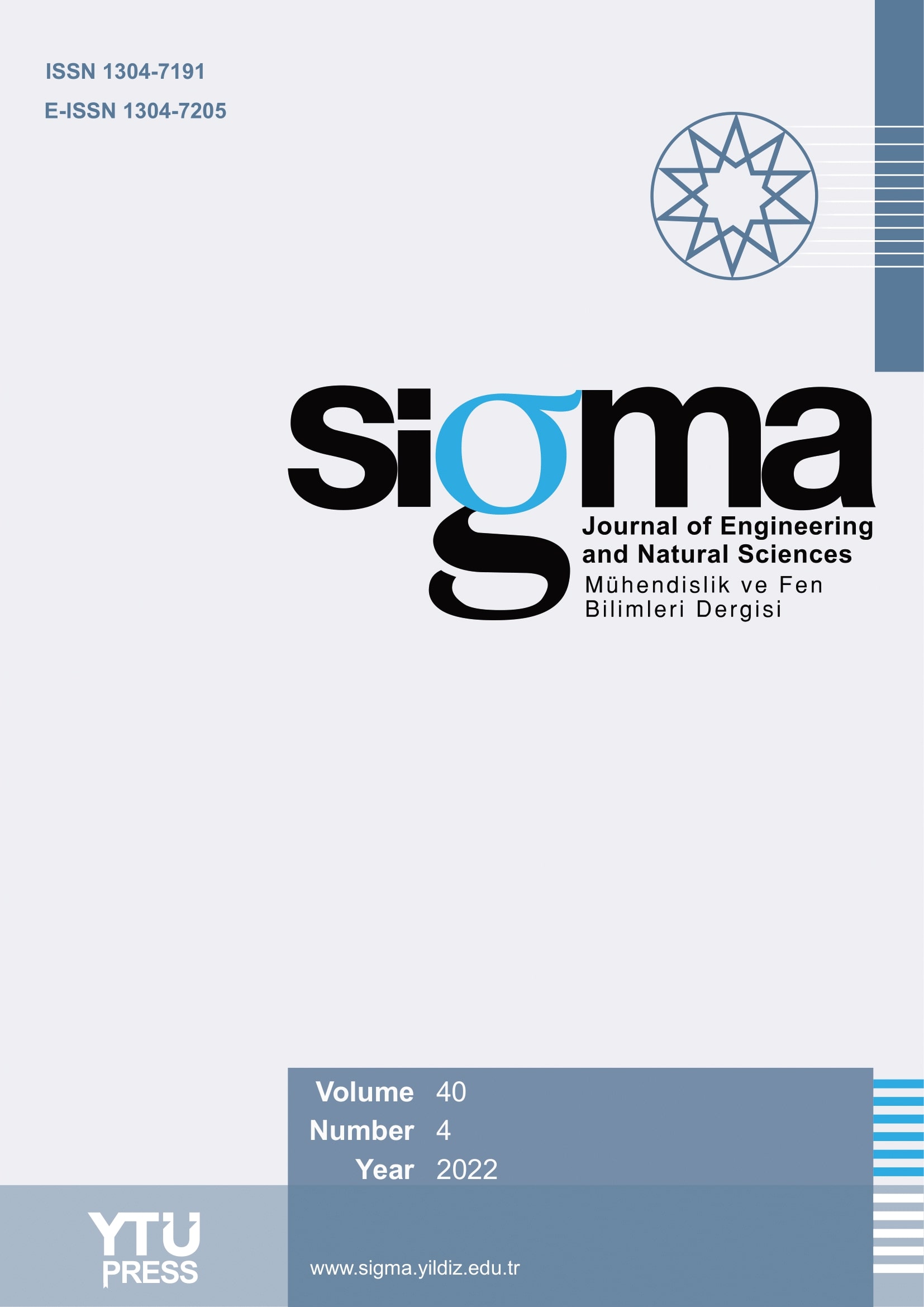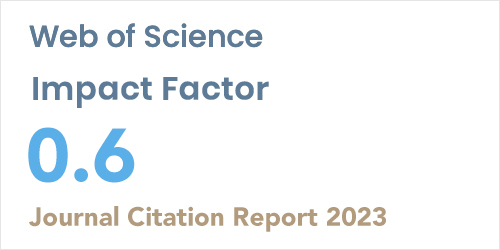Abstract
Childhood fat has reached pestilence levels in both developed and growing countries Over-weight and obesity in children have significant impacts on both physical and psychological health. Children who are overweight or obese are more likely to prevail obese into adulthood and face a higher threat of developing NCD such as diabetes and cardio vascular diseases at a younger age. While the exact mechanisms behind the development of obesity are not fully understood, it is believed to be a multi factorial disorder, persuaded by a blend of genetic, environmental, and behavioral factors. The importance of research in this area lies in identifying the most significant factors that contribute to reducing obesity in children aged five to fourteen years. In this context, the use of Nano Hexa Topological Space (N hTS) provides a novel approach to understanding and addressing childhood obesity. Research using N hTS has revealed six key areas of action that can be leveraged to combat obesity in children. By integrating this advanced methodology, we aim to identify and implement effective interventions that can help reduce childhood obesity and its associated risks. This innovative approach, N hTS, provides a unique framework to analyze the complex factors contributing to childhood obesity and design targeted strategies for its prevention and reduction.















